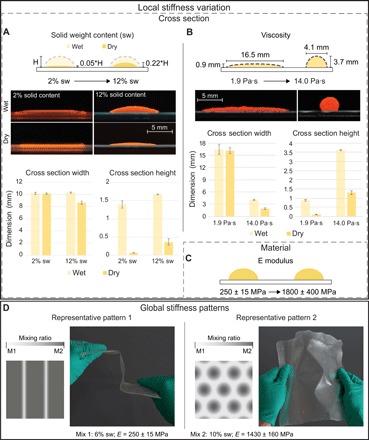Fig. 5. Strategies for varying stiffness at the local scale and patterning stiffness at the global scale.

(A) Diagrams and photos of the cross sections of the extruded filaments showing the effect of solid-weight content after solvent evaporation. Printing solutions with lower cellulose concentrations produce filaments with thinner cross sections (left) than filaments printed with the same volume of a high-concentration printing solution (right). (B) Diagrams and photos of the cross sections of the extruded filaments from mixtures of varied viscosity. Printing solutions with lower viscosity produce layers of thinner cross sections (left), whereas printing solutions with higher viscosity results in filaments with thicker cross sections (right). Viscosity values corresponds to the shear rate of 25.1 rad/s. (C) Range of material’s E modulus achieved by altering the cellulose solutions with additives. (D) Patterning local material compositions and cross-sectional characteristics is used to achieve samples with anisotropic stiffness at the global scale. Directionality was patterned by aligning less stiff regions of material, resulting in samples that show bending resistance in one direction and programmable hinge-like behavior in another direction (left). Similarly, this effect was reproduced in multiple directions by patterning more rigid patches of material varying in distribution and shape (right) (photo credit: Pedro A. G. S. Giachini, University of Stuttgart).
